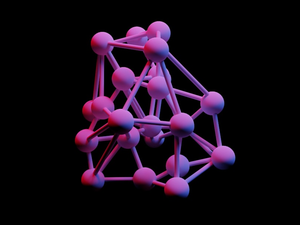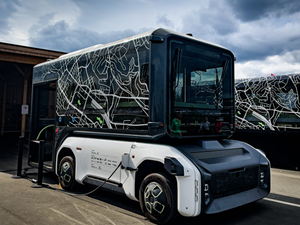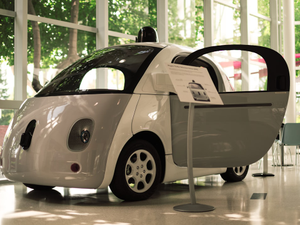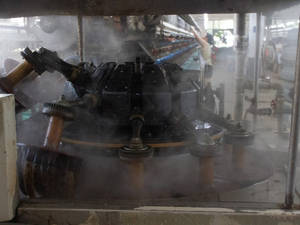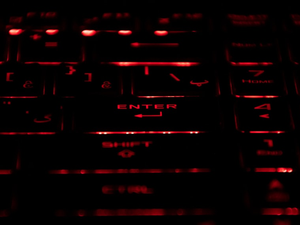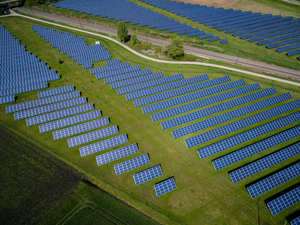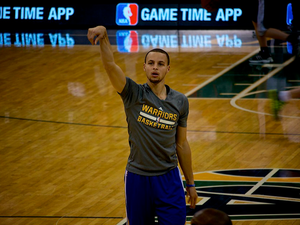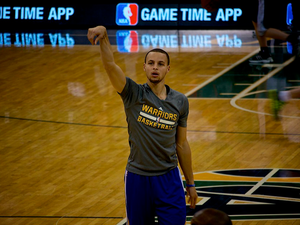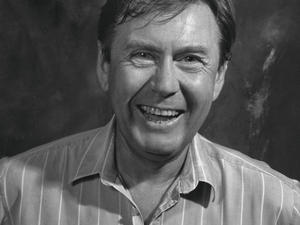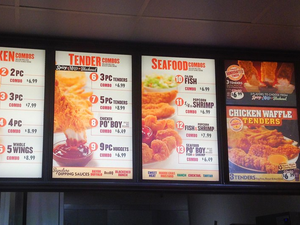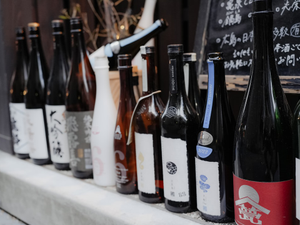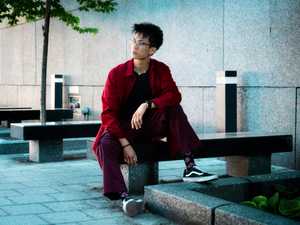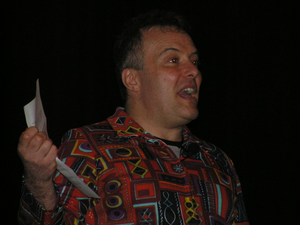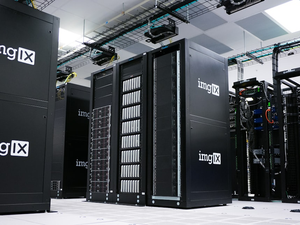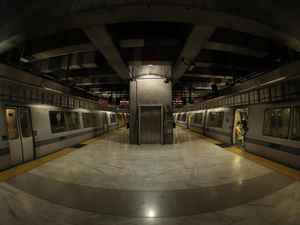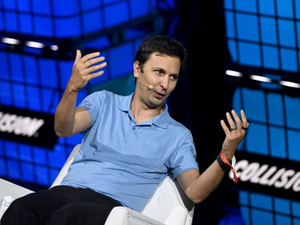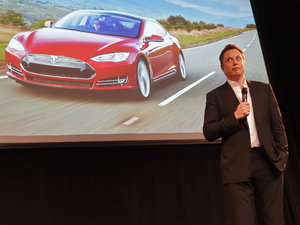AI is Revolutionizing TV Production - And Netflix is Leading the Way

Photo by Igor Omilaev on Unsplash
Netflix is pushing the boundaries of entertainment technology with its groundbreaking use of generative AI in visual effects. In a recent earnings call, Netflix co-CEO Ted Sarandos revealed that the streaming giant has successfully integrated AI-powered tools into the production of their Argentine series “The Eternaut”, marking a significant milestone in film and television production.
The innovative approach was demonstrated in a scene depicting a building collapse in Buenos Aires, where Netflix’s iLine team collaborated with creative professionals to leverage AI technology. The results were remarkable: the visual effects sequence was completed 10 times faster than traditional methods and at a fraction of the usual cost.
This breakthrough highlights the potential of generative AI in making high-quality visual effects more accessible to productions with limited budgets. Sarandos emphasized that the technology isn’t just about cost-cutting, but about enhancing creative possibilities. “It represents an incredible opportunity to help creators make films and series better, not just cheaper,” he explained.
The implications for the entertainment industry are profound. Techniques like de-aging, previously reserved for big-budget projects, are becoming more widely available. Creators can now leverage AI tools for pre-visualization, shot planning, and complex visual effects that were once prohibitively expensive.
While some might be skeptical about AI’s role in creative industries, Netflix’s approach suggests a collaborative model where technology augments human creativity rather than replacing it. The positive reception of the AI-generated scene in “The Eternaut” indicates that audiences are open to these technological innovations.
As AI continues to evolve, we can expect more film and television productions to explore these cutting-edge tools, potentially transforming how visual stories are created and experienced.
AUTHOR: kg
SOURCE: Ars Technica
